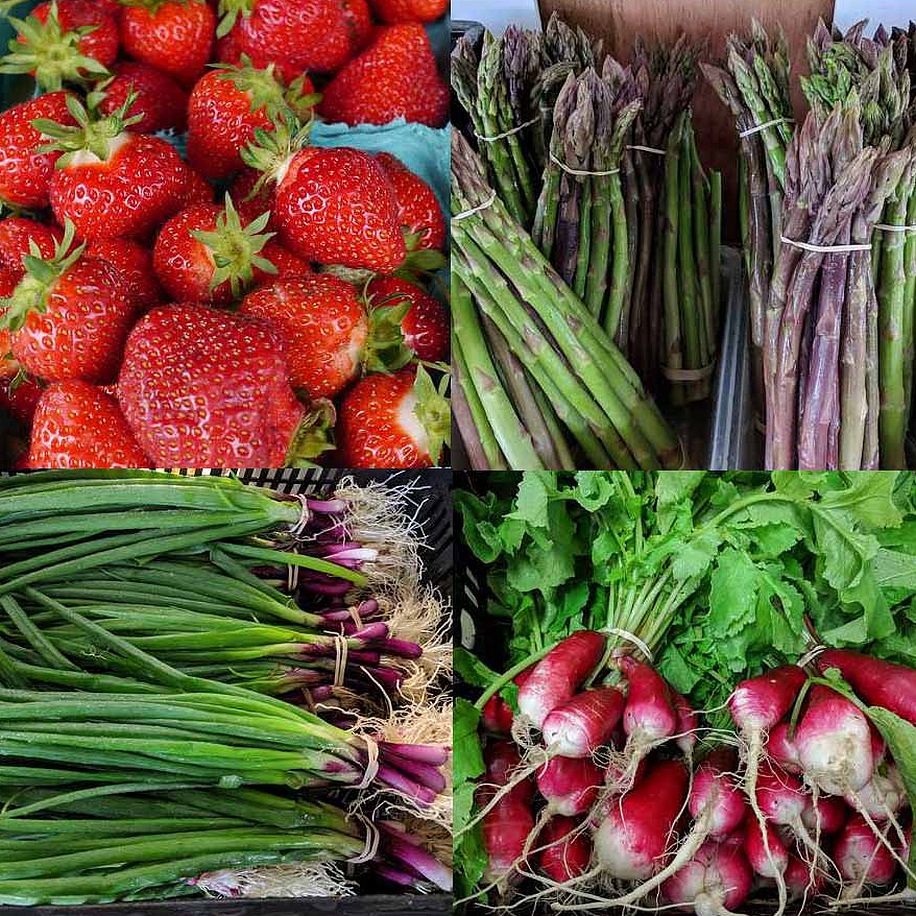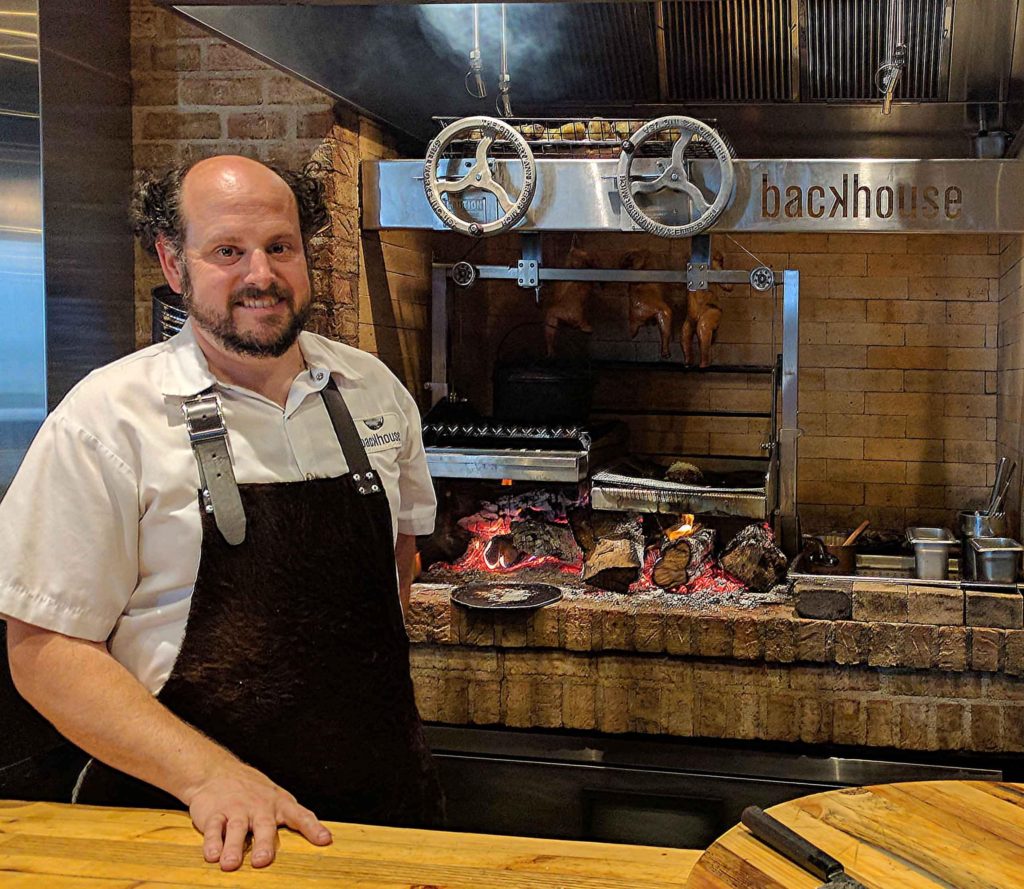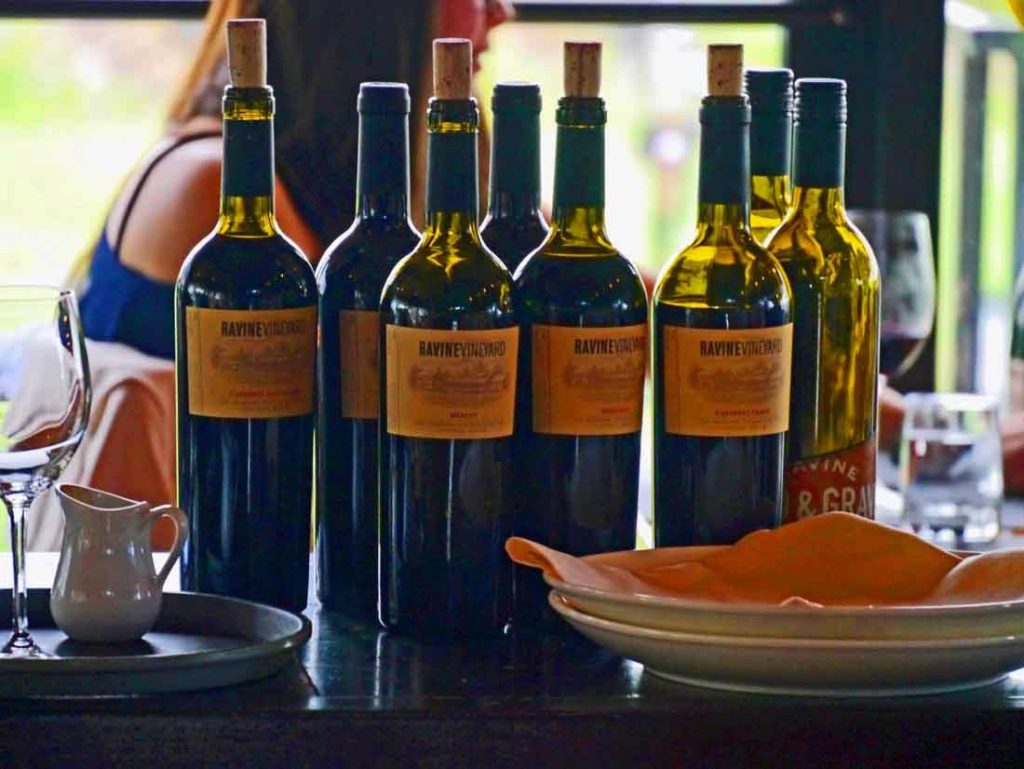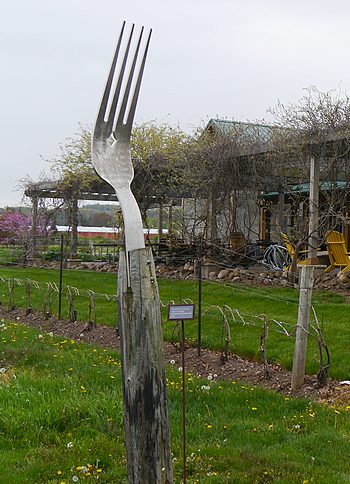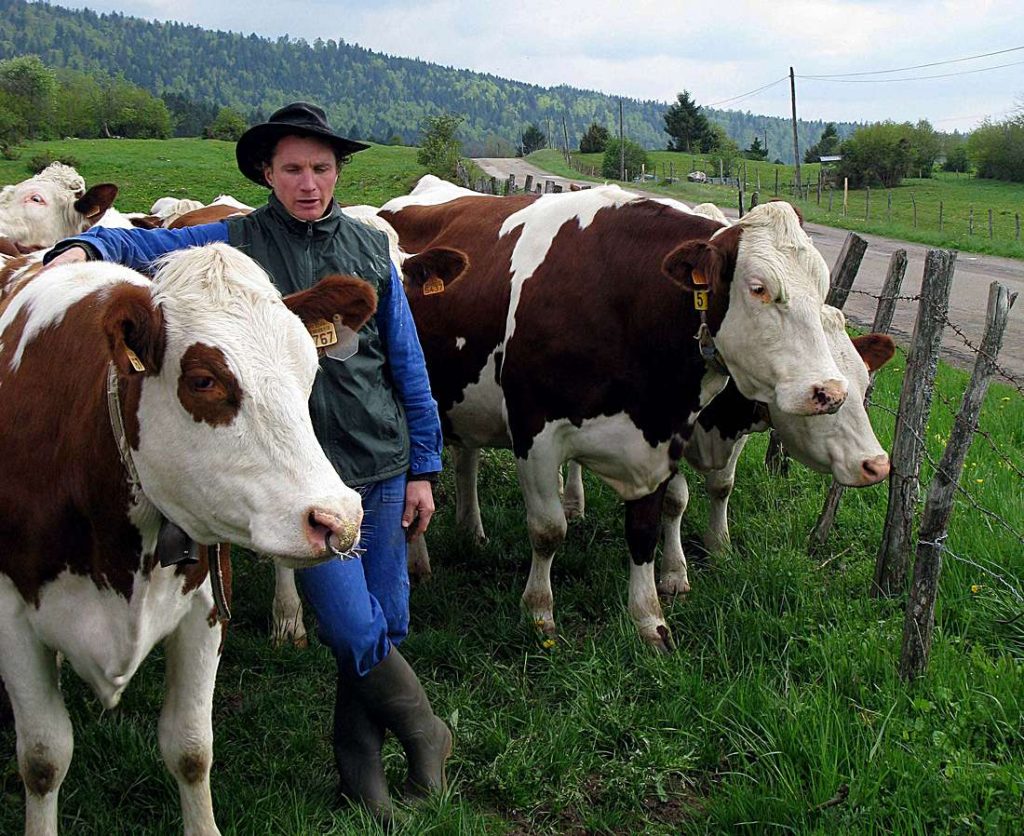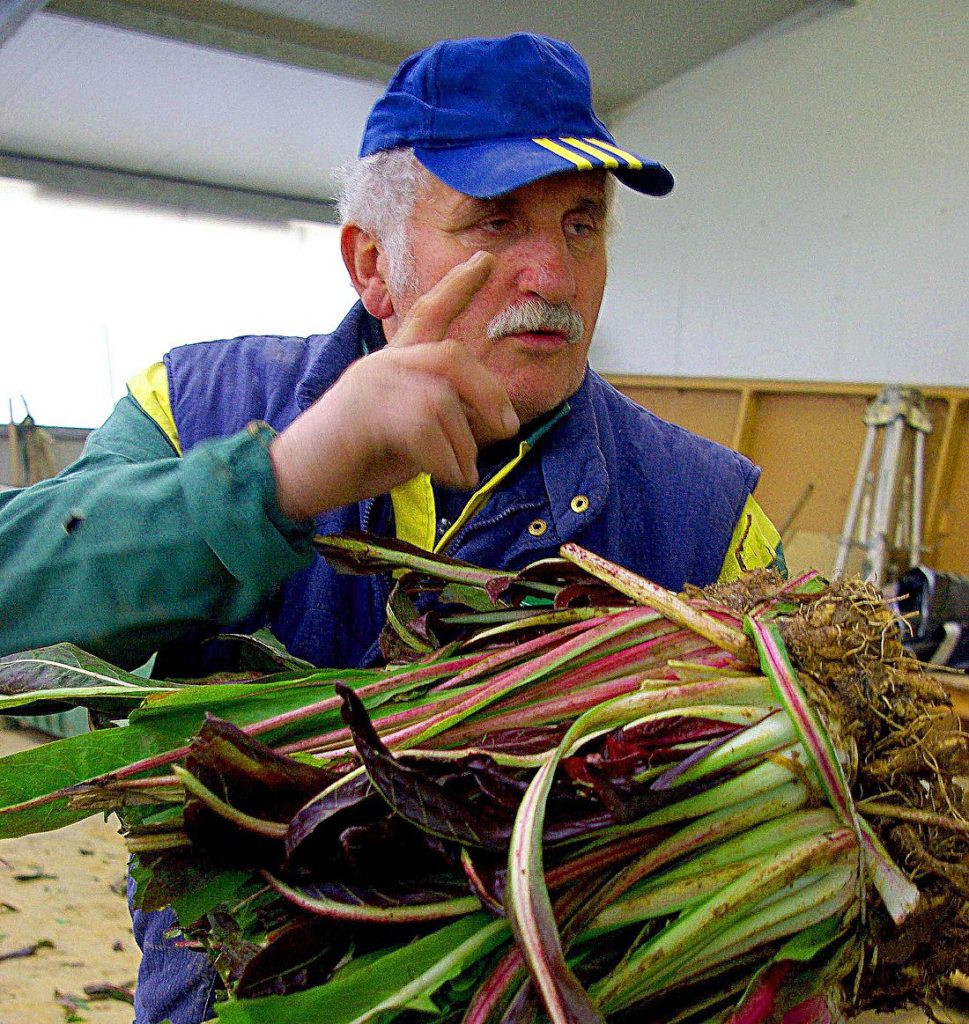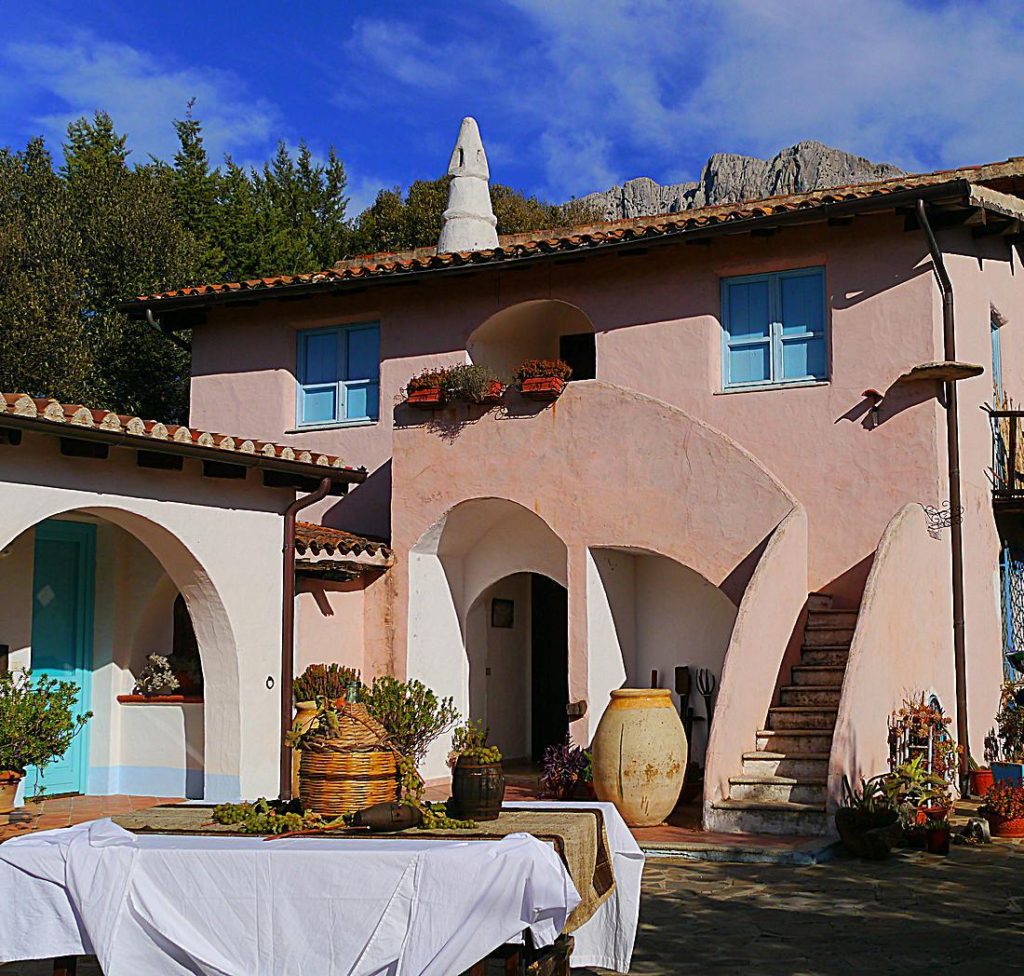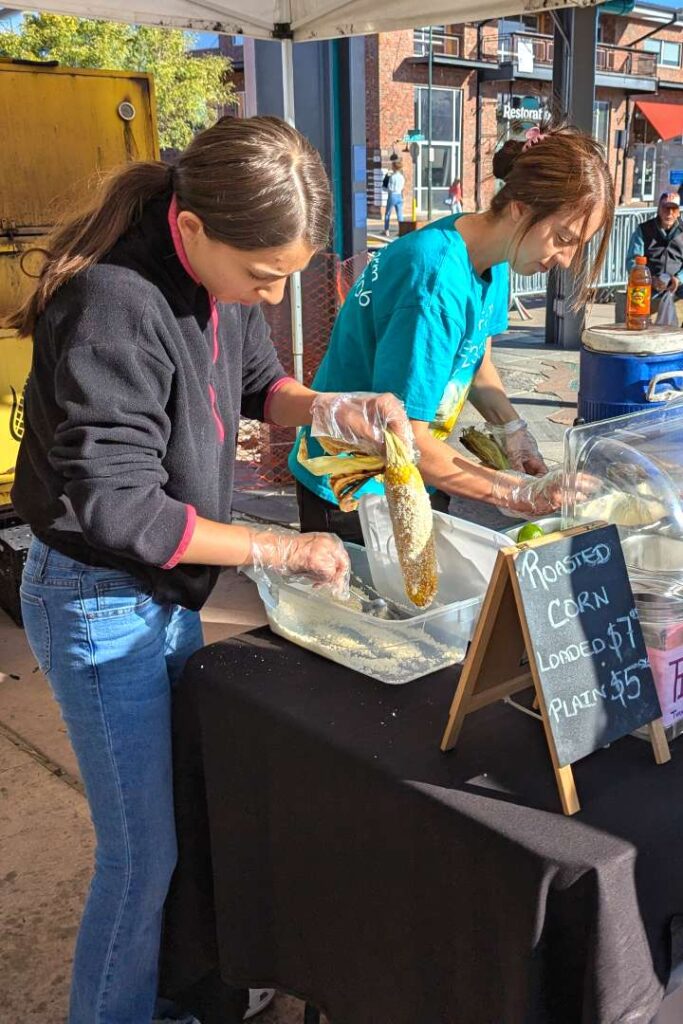
At the heart of northern New Mexico tomatoes
We first visited northern New Mexico back in the 1990s to write about chile peppers being bred at New Mexico State University's extension service farm. Rather than develop hybrids, the breeders were cross-pollinating traditional chiles with desirable characteristics to develop chile peppers with various heat levels that were suitable for different growing conditions. In other words, they were taking a scientific approach to seed selection the way farmers have been doing it since the advent of agriculture roughly 12,000 years ago. This fall, at the Santa Fe Farmers' Market, we discovered that the practice is alive and well with all sorts of plants. We spotted a chip-n-dip bowl with three piles of diced tomatoes and a jar of toothpicks. “Free samples” the sign advertised. Post-It...Read More

